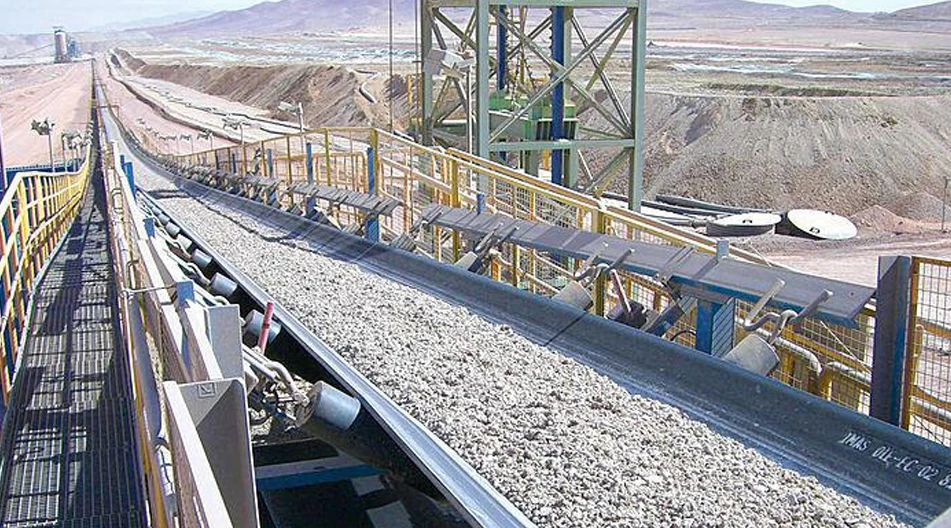Feb . 10, 2025 10:15
The design of butterfly valves provides a highly efficient solution for flow regulation in a variety of industries. Known for their compact nature and versatility, these valves are integral to systems where quick shut-off is crucial, such as water distribution, chemical processing, and HVAC systems. Understanding their design is essential for engineers tasked with selecting optimal components for complex systems.

Butterfly valves operate with a simple mechanism—a circular disc pivoted at its center to control fluid flow. This design principle offers several advantages. First, the disc's swift rotation allows for rapid opening and closing of the valve, significantly reducing the potential for backflow and enhancing system response times. This attribute is particularly beneficial in systems requiring frequent operation, as it minimizes wear and promotes durability.
Material selection is another critical aspect of butterfly valve design that impacts performance and longevity. Modern designs utilize various materials such as stainless steel, plastic, and elastomers, depending on the application's requirements. Stainless steel, for example, is preferred in corrosive environments due to its resilience. In contrast, elastomers offer superior sealing capabilities, making them ideal for applications involving high pressures. Choosing the wrong material can lead to valve failure, system downtimes, and costly repairs.

The type of actuator used in butterfly valve design—manual, pneumatic, or electric—affects both the precision and the level of automation within the system. Manual actuators are cost-effective, requiring human intervention, making them suitable for less critical systems. For more complex operations, pneumatic and electric actuators provide enhanced control and can be integrated with automated systems for real-time monitoring and adjustments. Engineers must consider these factors in the design phase to ensure that the valve aligns with operational needs.
In addition to material and actuator considerations, the importance of pressure and temperature ratings cannot be understated. Butterfly valves must be designed to withstand the specific pressures and temperatures of the operating environment to prevent leaks and ensure safety. This involves detailed calculations and, often, customized designs to meet specific industrial standards.
butterfly valves design
Advanced computational tools and 3D modeling have revolutionized butterfly valve design, allowing for more precise simulations of valve behavior under different scenarios. These technological advancements enable engineers to predict potential problems and optimize the valve design before manufacturing, thus enhancing reliability and performance in real-world applications.
Butterfly valve designs are also increasingly focused on sustainability and energy efficiency. As industries push towards greener practices, innovations such as low-friction discs and energy-saving actuators become essential. These developments aid in reducing the overall carbon footprint and operational costs, aligning with global environmental goals.
Moreover, the integration of smart technology within butterfly valve systems has transformed maintenance and operational efficiency. Smart valves equipped with sensors provide invaluable data analytics, allowing operators to monitor valve conditions, predict failures, and undertake proactive maintenance. This capability significantly enhances the trustworthiness of systems, minimizing unexpected downtimes.
In summary, the comprehensive design of butterfly valves hinges on a blend of expert engineering principles and innovative materials. By considering factors such as material compatibility, actuator selection, pressure and temperature resistance, and sustainability, engineers can design valves that not only meet the functional needs of today’s industries but also contribute to broader ecological objectives. For professionals in the field, focusing on these elements ensures that butterfly valves are both a reliable and progressive choice in fluid control systems.


 Call us on:
+86-311-86935302
+86-311-86935302
Call us on:
+86-311-86935302
+86-311-86935302
 Email Us:
info@thriveonvalve.com
Email Us:
info@thriveonvalve.com South of Huanmadian Village Town, Ningjin County, Xingtai, Hebei Province, China
South of Huanmadian Village Town, Ningjin County, Xingtai, Hebei Province, China